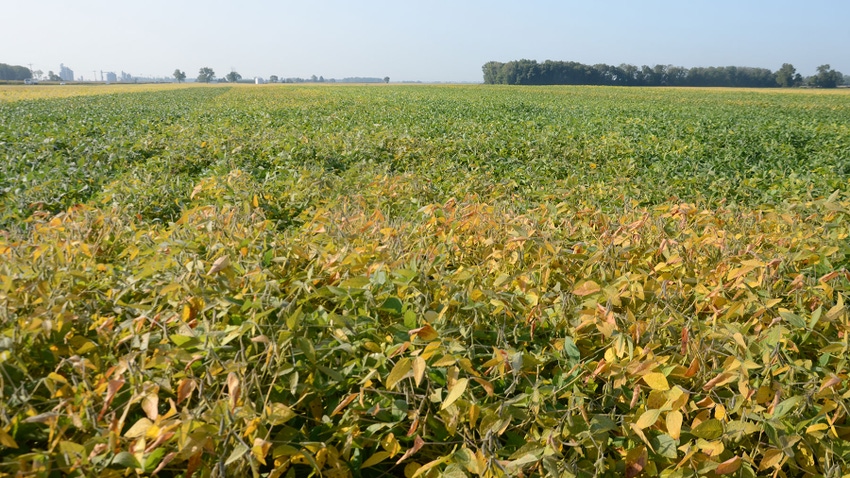
This year marks the 50th anniversary since Tom Turpin and fellow entomologists at Purdue University introduced the comical Bug Scout cartoon, featured in Farm Progress magazines. Turpin, now retired, says they invented the stereotypical entomologist to introduce farmers to crop scouting, a practice common in the West with high-value crops but not in the Midwest.
Sharp managers picked up on the value, but also saw the shortcomings. How do you scout thousands of acres of crops weekly? Even Bug Scout would need superpowers.
Fifty years later, spokespersons for Taranis, Westfield, Ind., believe they’ve found the superpowers that finally make acre-by-acre scouting practical. It starts with frequent drone scouting flights and continues with Taranis’ AcreForward approach. The company uses technologies like stand count capability in corn coupled with artificial intelligence to turn scouting information into a decision-making tool.
“We are into a new era where we can deliver a game tape of your farm,” says Mike DiPaola, chief commercial officer for Taranis. He relates feedback from Taranis through the AcreForward program as analogous to having a game tape of a football game for coaches to study.
“We are helping people understand the complexities in agriculture,” he continues. “Our technology brings the acre down to the plant and leaf level. It allows growers to detect and manage weeds, diseases, insects and more.”
New crop scouting program
Recently, Taranis held a press conference announcing a partnership with Nutrien. After piloting test programs over the past few seasons, Nutrien now offers Nutrien Digital Scout powered by Taranis. Through the program, Nutrien’s crop advisers add their expertise to information gathered on each field to develop insights.
Brian Essinger, Nutrien sales effectiveness manager in northern Ohio, piloted the program with customers. “It helps you see fields in a whole new light,” Essinger says. “Even a farmer who has farmed the same field for over 30 years told me that he saw it differently after working with us and utilizing the reports for his field during the growing season.”
What can this scouting approach do that Bug Scout couldn’t do? Based on Essinger’s experiences, here are a few examples:
Get to every field. Drones need recharging occasionally, but they don’t get tired and cut corners like a human scout might, especially on a hot day in mid-July. All acres you sign up for the program are scouted according to the schedule agreed to in advance.
See the entire field. Weeds in the back corner don’t escape detection if the drone with its camera is in the air. Be prepared to discover that your fields are not as pristine as they appear from the road.
Pinpoint where to look. Even if you know there is a problem in a field by windshield scouting, you likely don’t know everywhere to look. Having coordinates to know where to ground-truth the problem saves time and effort.
Receive season-long insights. Nutrient deficiencies often show up at the end of the season, especially in dry, stressful years. You will have information to make adjustments for next season if nutrient deficiencies are detected late.
To learn more, visit nutrienagsolutions.com and taranis.com.
About the Author(s)
You May Also Like




